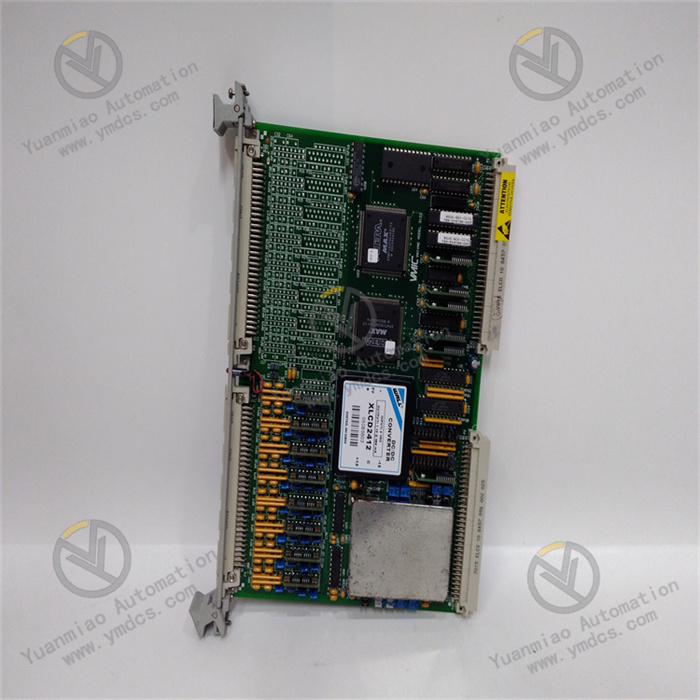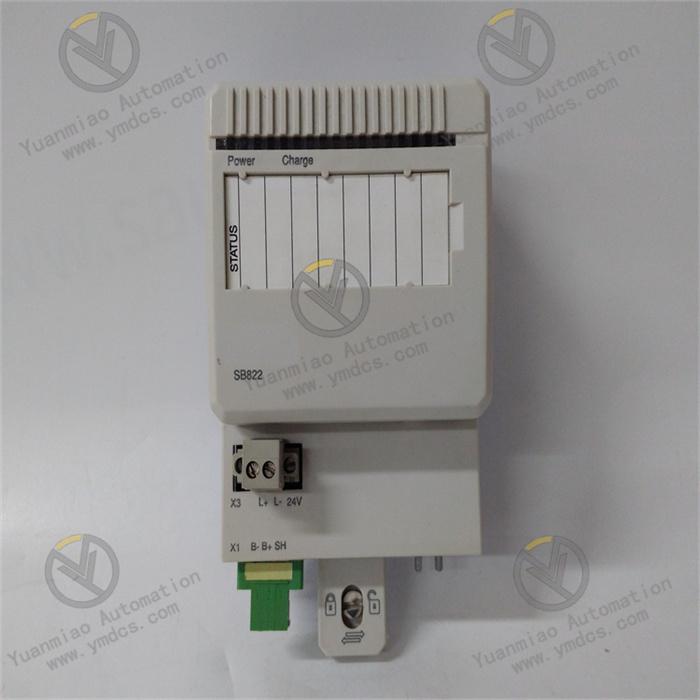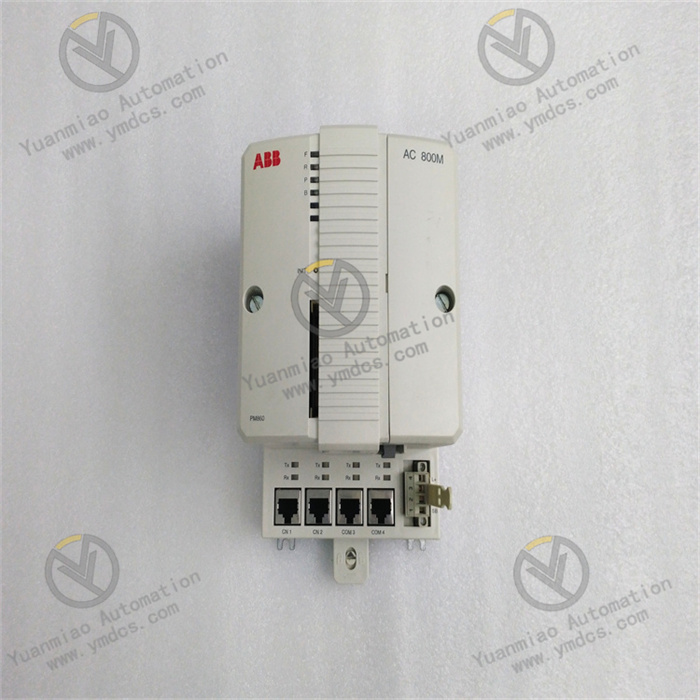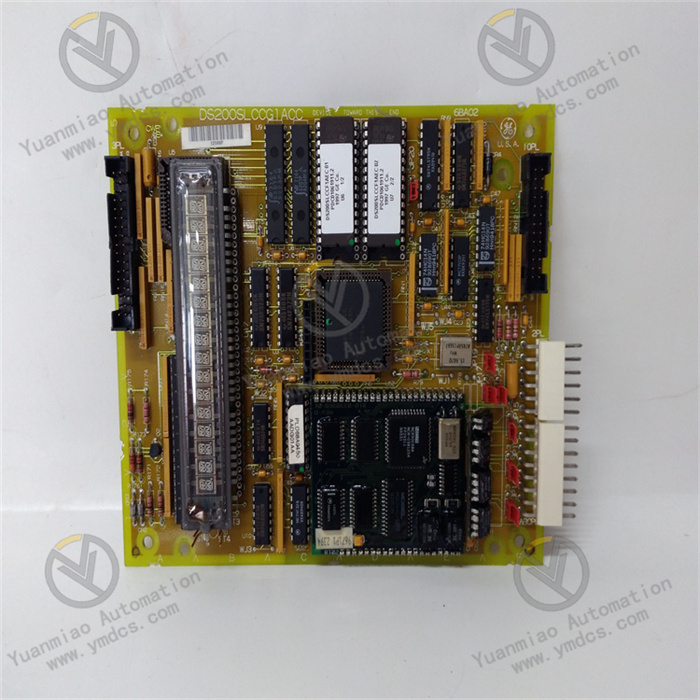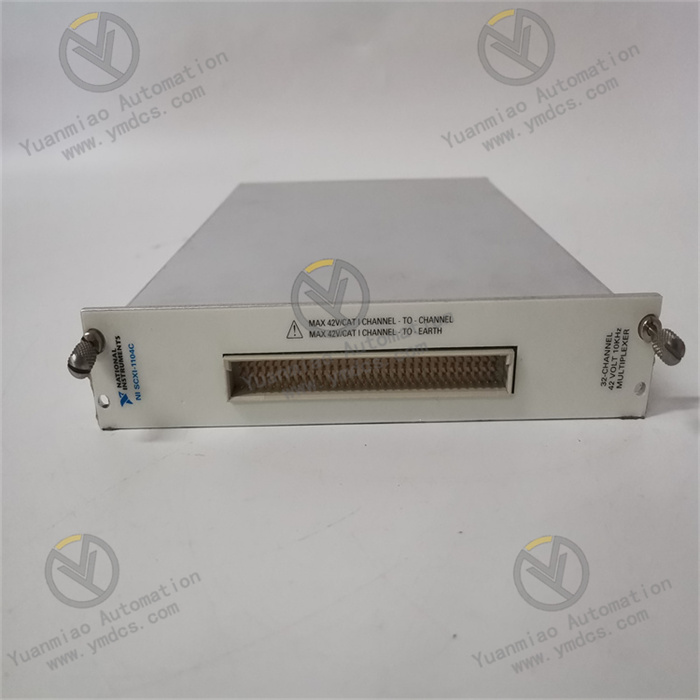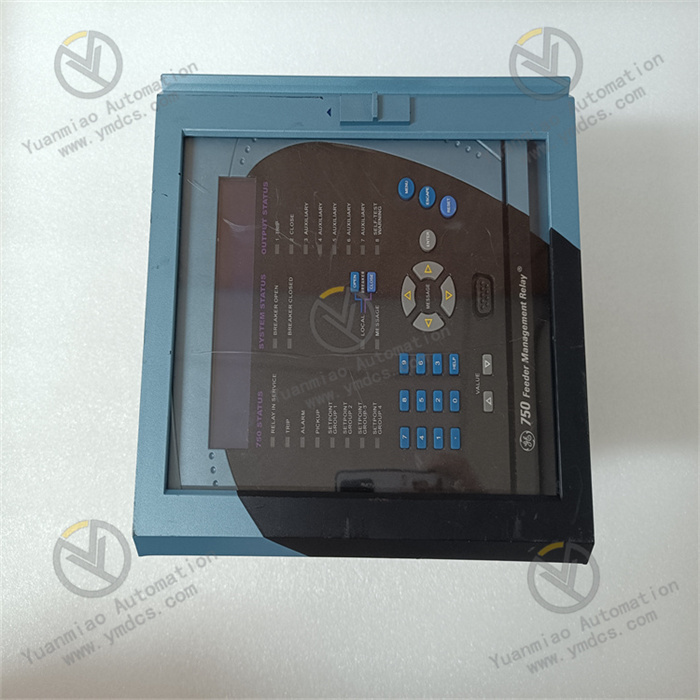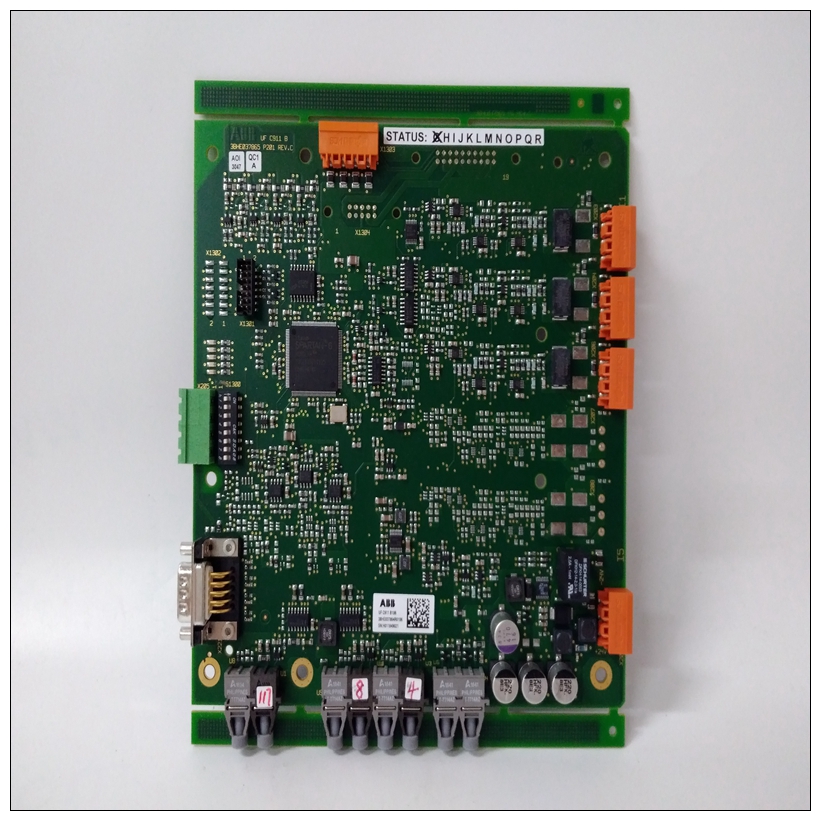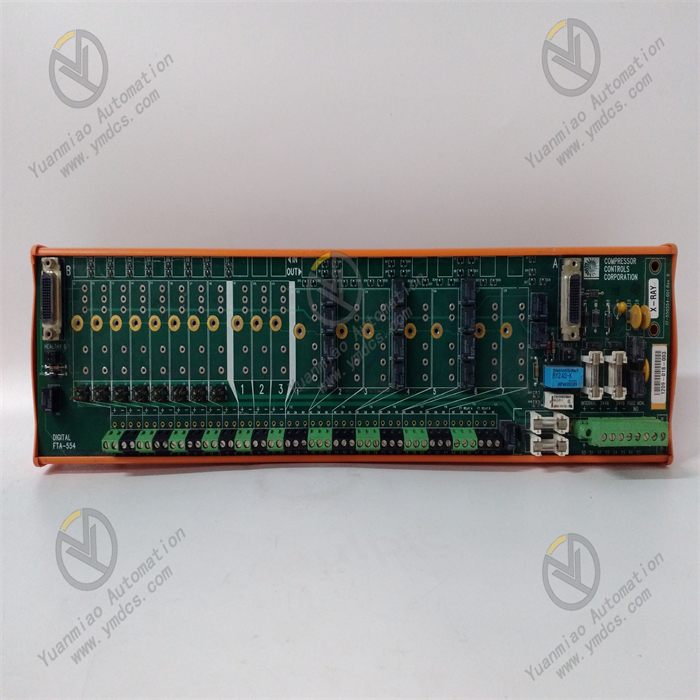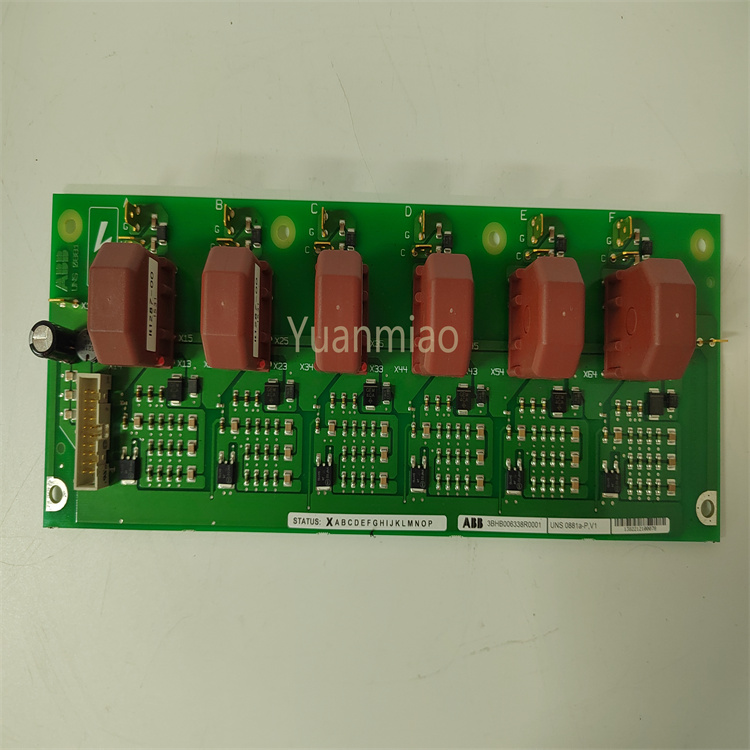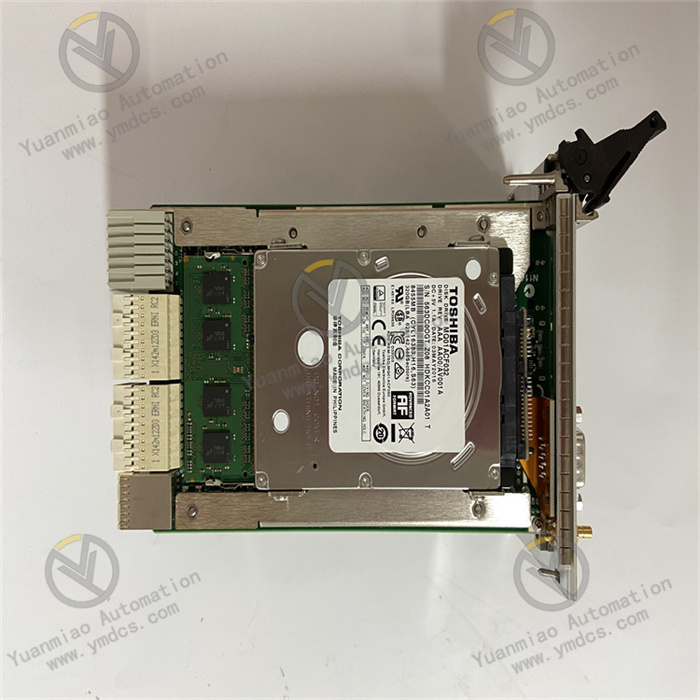Description
VMIVME-7750-744000
Overview
The Abaco Systems VMIVME-7750-744000 is a high-performance VMEbus Single-Board Computer (SBC) designed for industrial control, data acquisition, and complex computing scenarios. Built on the mature VME (VersaModule Eurocard) bus architecture, it features a compact 6U single-slot form factor with passive cooling, ensuring stability and reliability in harsh industrial environments. Despite entering the Restricted Production Phase (RPP), this model remains a critical component in specialized applications due to its robust design and expandable capabilities.
Functional Features
(1) Powerful Processing Core
Equipped with an Intel Pentium III processor running at up to 1.4 GHz, the SBC delivers high-performance computing with 32-bit addressing and a 64-bit data bus. Its superscalar architecture supports three instructions per clock cycle, enhanced by dynamic branch prediction, independent instruction/data caches, and MMX™ technology for optimized multitasking and complex algorithm processing.
(2) Enhanced Memory Configuration
Featuring up to 1 GB of PC133 SDRAM via a 144-pin SODIMM, the system ensures smooth operation for memory-intensive tasks. Dual-port DRAM connectivity to the VMEbus further boosts data transfer efficiency during multi-device communication.
(3) Diverse I/O Interfaces
- VMEbus Interface: Compliant with VMEbus Rev. C.1 standard for high-speed data exchange in multi-processor systems.
- Ethernet Ports: Two Intel controllers (82559 and ICH2-integrated) support 10/100BaseTX, enabling remote boot via Netware, TCP/IP, or RPL protocols.
- Graphics Capability: AGP graphics adapter based on 815E chipset supports SVGA resolutions up to 1600×1200 with 256-color depth, ideal for industrial visualization.
- Storage Interfaces: IDE support for local storage and a PMC expansion site for customizable I/O modules (e.g., serial, USB, analog/digital I/O).
(4) Wide OS Compatibility
Supports real-time and general-purpose operating systems, including VxWorks, Linux, and Windows, allowing flexible deployment across different application scenarios.
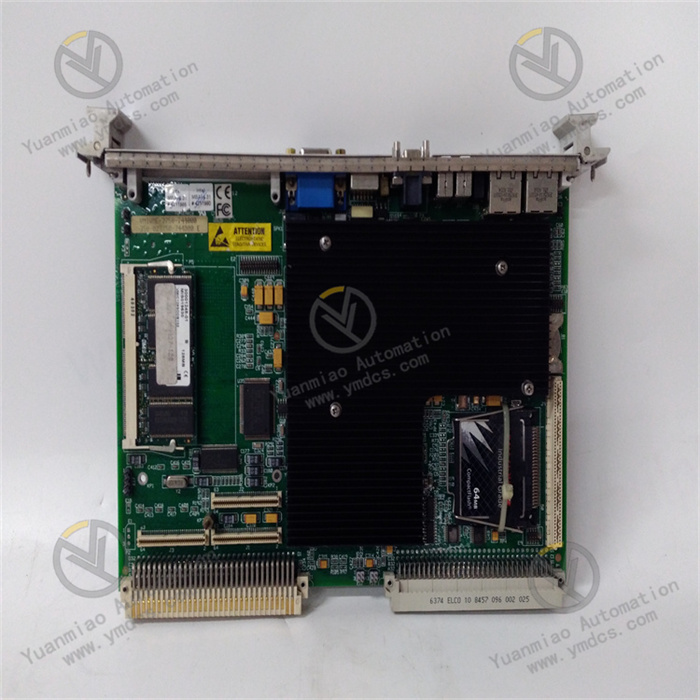
Technical Specifications
| Category | Details |
|---|---|
| Processor | Intel Pentium III, up to 1.4 GHz with 512 KB L2 cache |
| Memory | 1 GB PC133 SDRAM, dual-port to VMEbus |
| Storage | IDE interface, bootable flash memory (optional) |
| Network | 2 x 10/100BaseTX Ethernet, remote boot via Bootware® technology |
| Graphics | AGP 4x with 4 MB DRAM cache, 1600×1200 resolution support |
| Expansion | 1 x PMC site, VMEbus master/slave mode |
| Power | +5V DC input, low power consumption with passive cooling |
| Environmental | Operating temp: -40°C to +85°C; Storage temp: -55°C to +90°C; |
| Humidity: 5%–95% RH (non-condensing); Vibration: 5g RMS (10–500 Hz) |
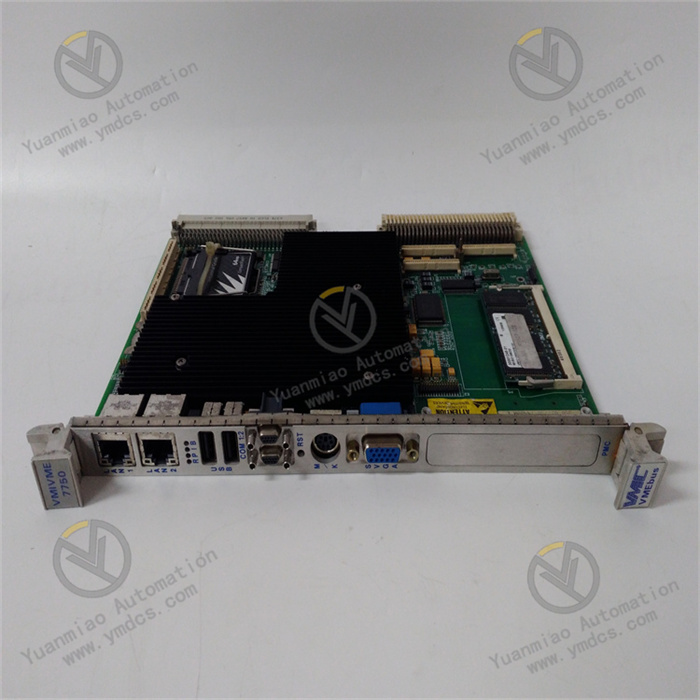
Working Principle
(1) System Boot Sequence
Upon power-up, the onboard power management circuit stabilizes input voltage for components. The processor loads the BIOS from reprogrammable flash memory, initializing hardware (memory, timers, I/O interfaces) and booting the OS—either from local IDE/storage or remotely via Ethernet using Bootware® protocol.
(2) Data Processing Flow
The Pentium III processor parses tasks through pre-programmed algorithms, interacting with SDRAM for data read/write operations. For industrial applications, it processes real-time sensor data, with graphics-intensive tasks offloaded to the AGP adapter. VMEbus coordinates data transfer with external devices, while Ethernet handles network communication via frame encapsulation/decapsulation.
(3) Bus Architecture
The transparent PCI-to-VMEbus bridge enables the SBC to function as a system controller or peripheral CPU in multi-CPU setups, ensuring seamless data exchange across the VMEbus ecosystem.
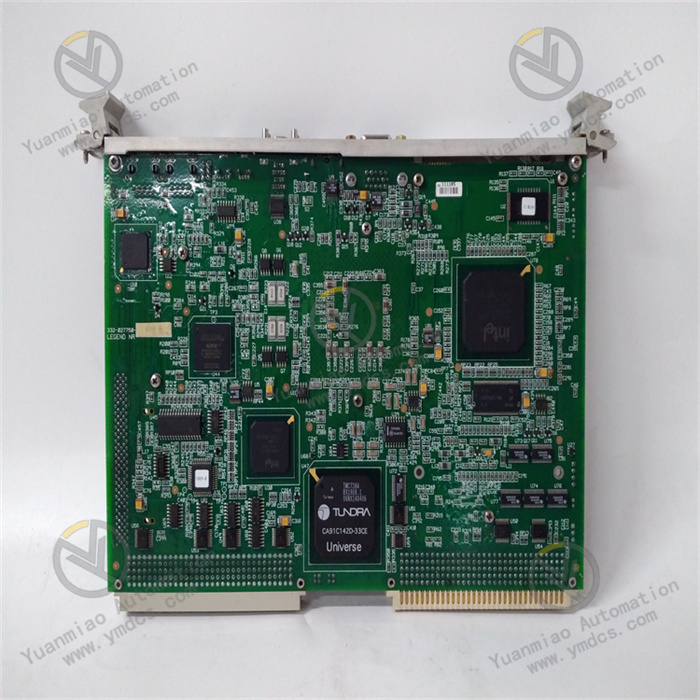
Operation Guide
(1) Pre-installation Steps
- Compatibility Check: Verify VMEbus slot specifications (electrical parameters, power supply) and ensure compliance with VMIVME-7750-744000.
- Tools & ESD Protection: Prepare anti-static wristbands, screwdrivers, and ensure installation in an ESD-controlled environment.
(2) Module Installation
- Open the VME chassis and locate a 6U slot.
- Align the SBC’s VME interface with the slot, insert vertically, and secure with screws.
- Connect power and optional cables (IDE, Ethernet, PMC modules) per requirements.
(3) System Setup
- Storage & Network: Configure IDE drives or enable remote boot via Ethernet settings (IP, gateway).
- OS Deployment: Install the target OS (e.g., VxWorks) and drivers, ensuring PMC modules are recognized.
(4) Troubleshooting
- Boot Failure: Check power connections, flash memory integrity, and BIOS settings.
- Network Issues: Test cables, verify driver installations, and ping network devices for connectivity.
- I/O Malfunctions: Inspect PMC module seating, update firmware/drivers, or replace faulty components.


